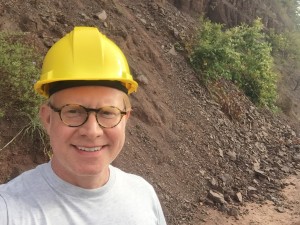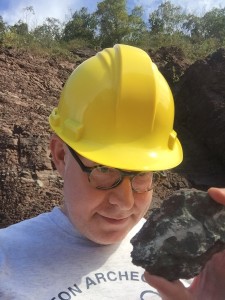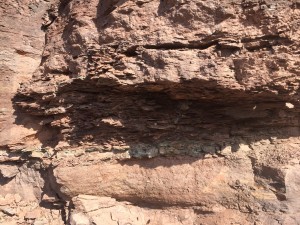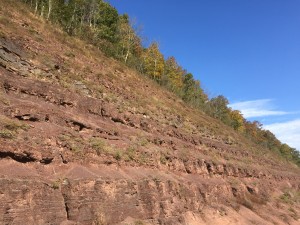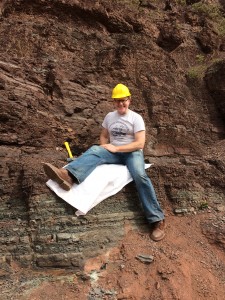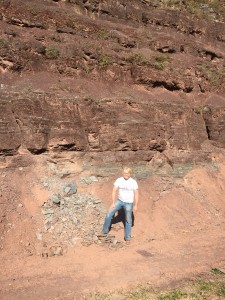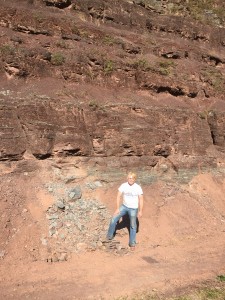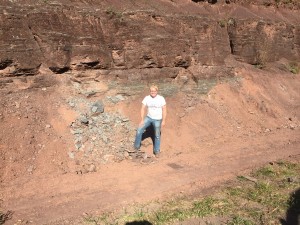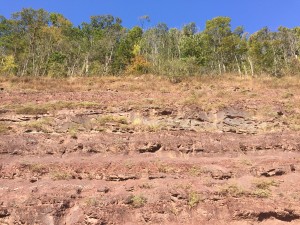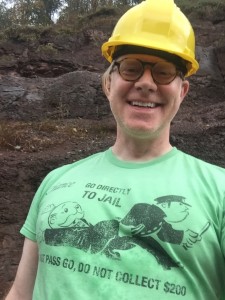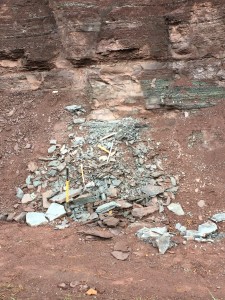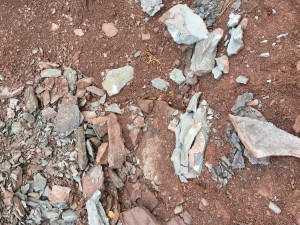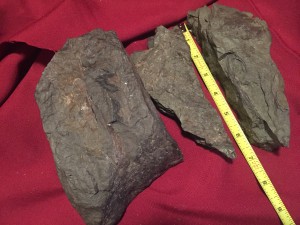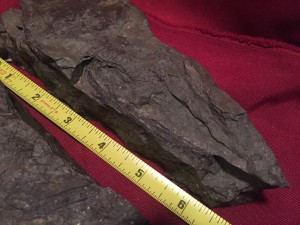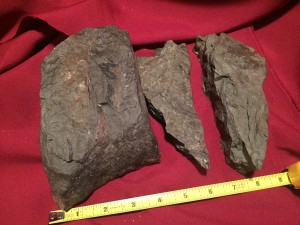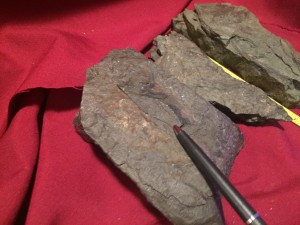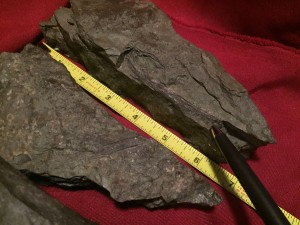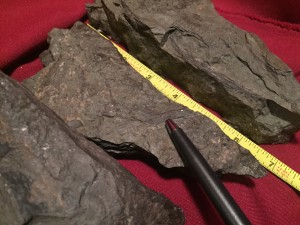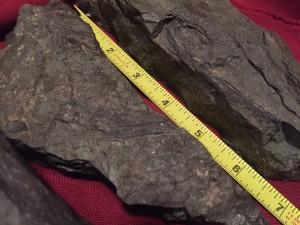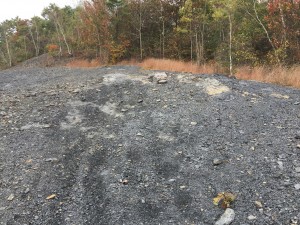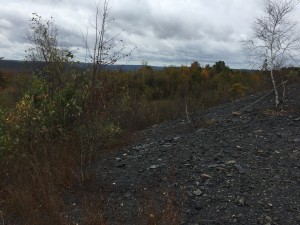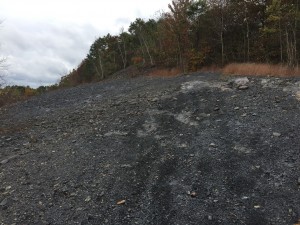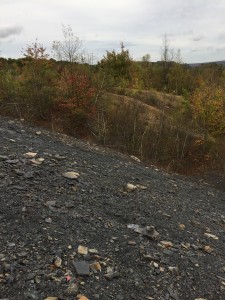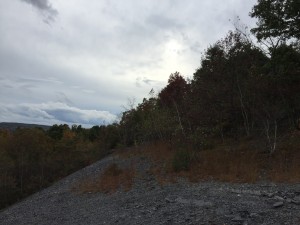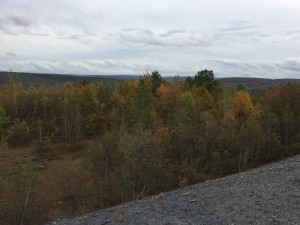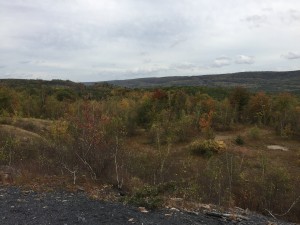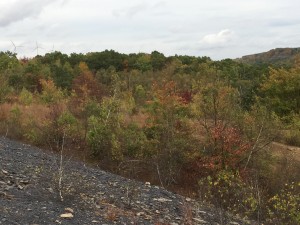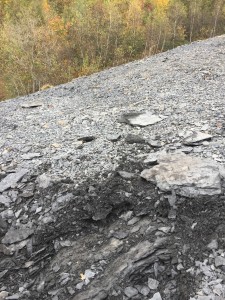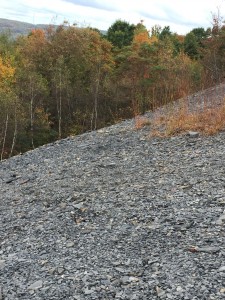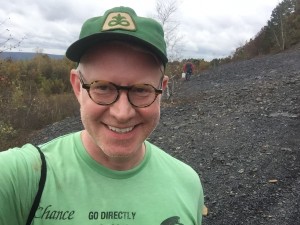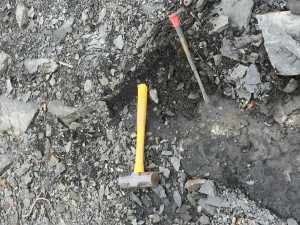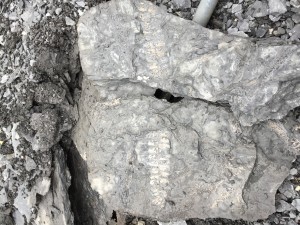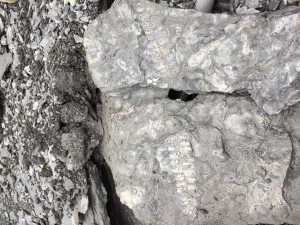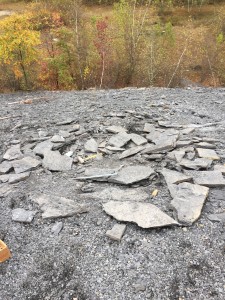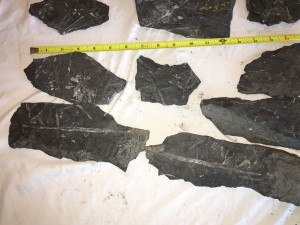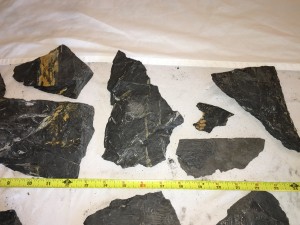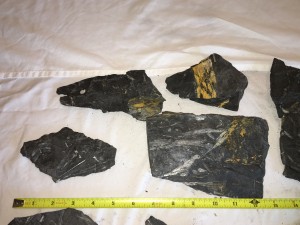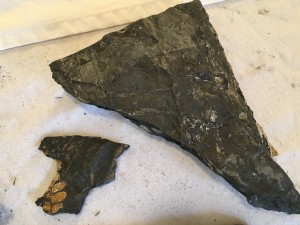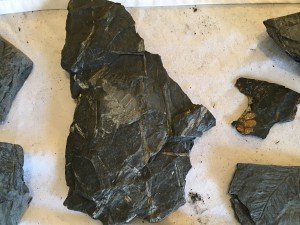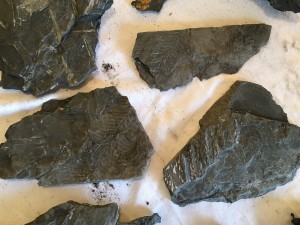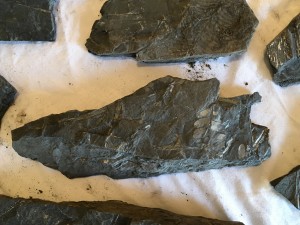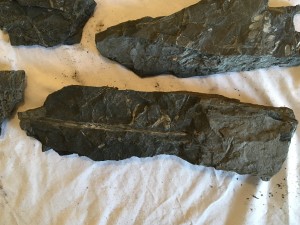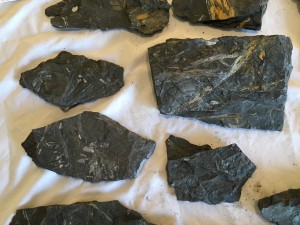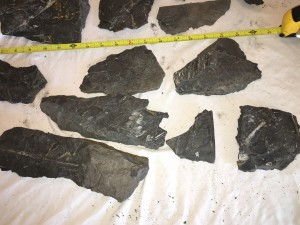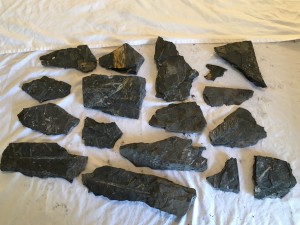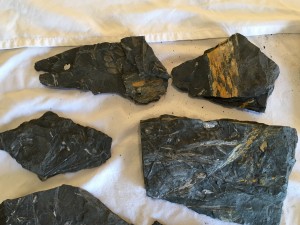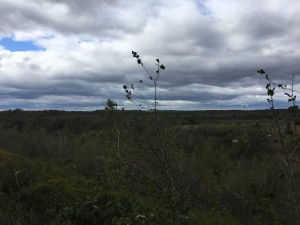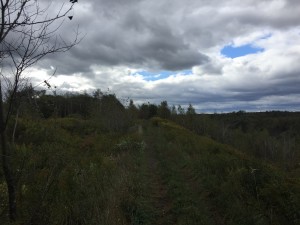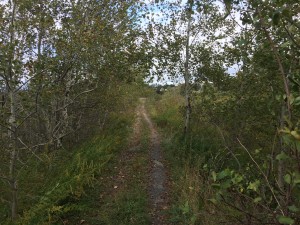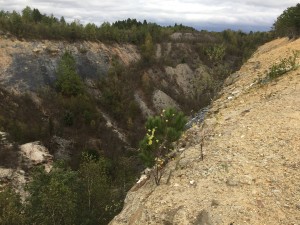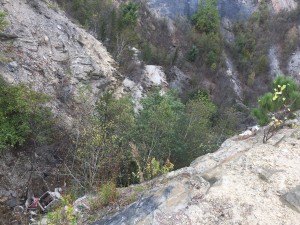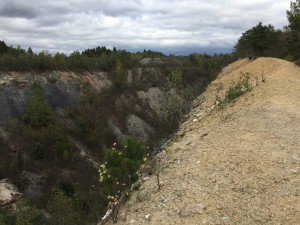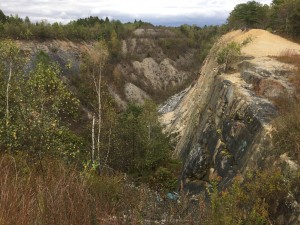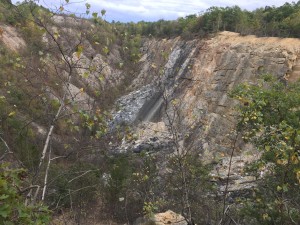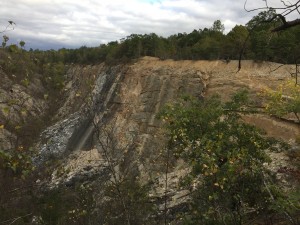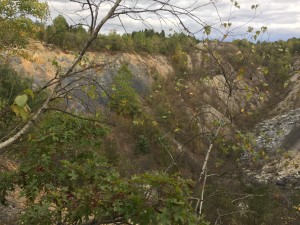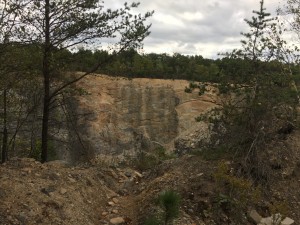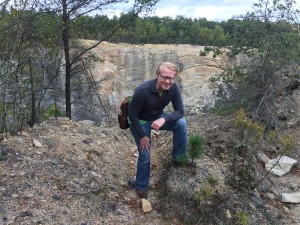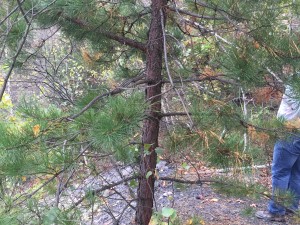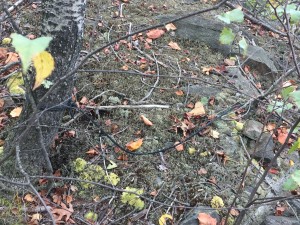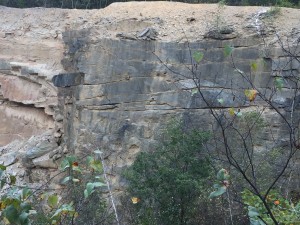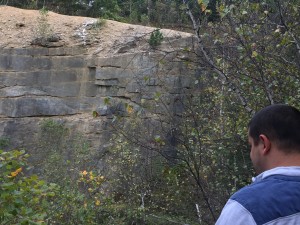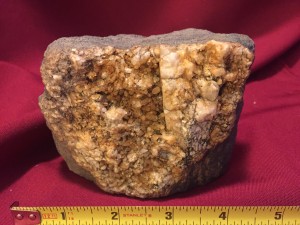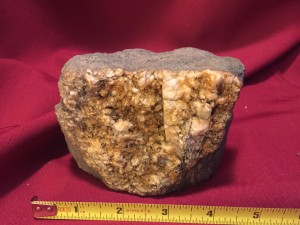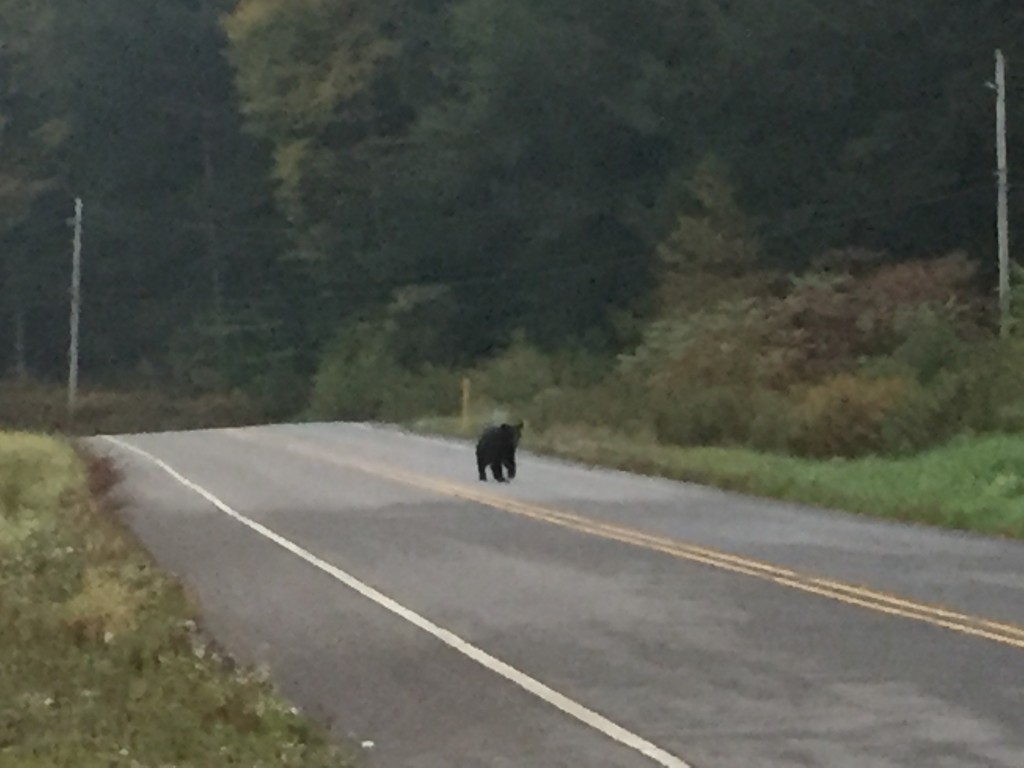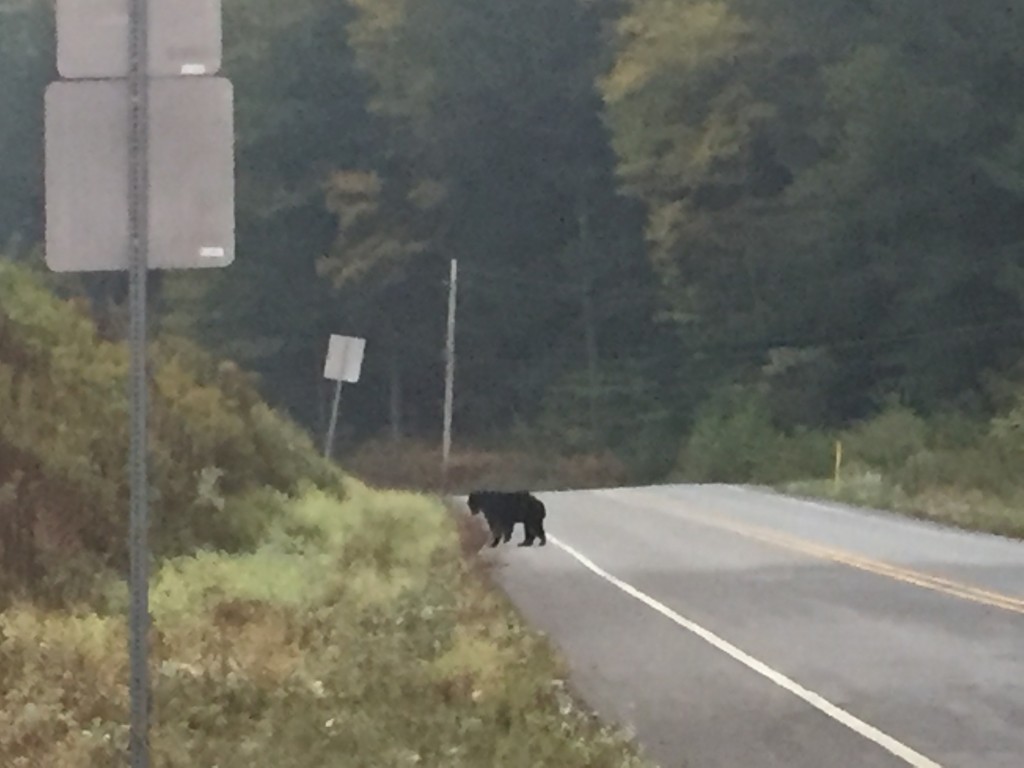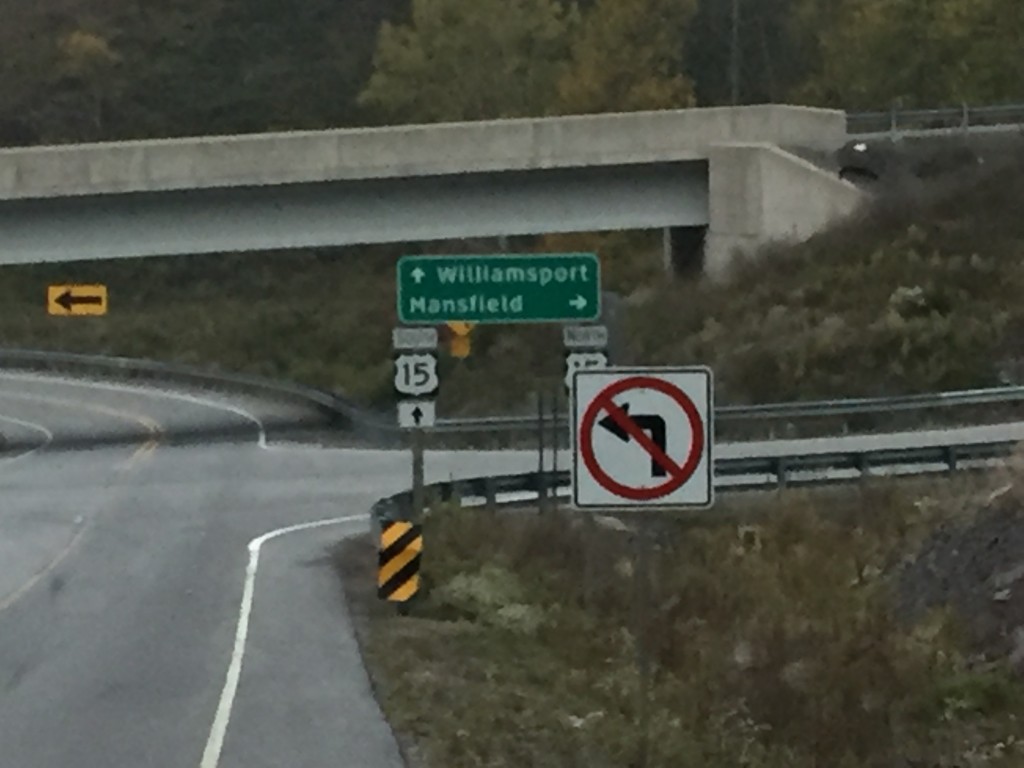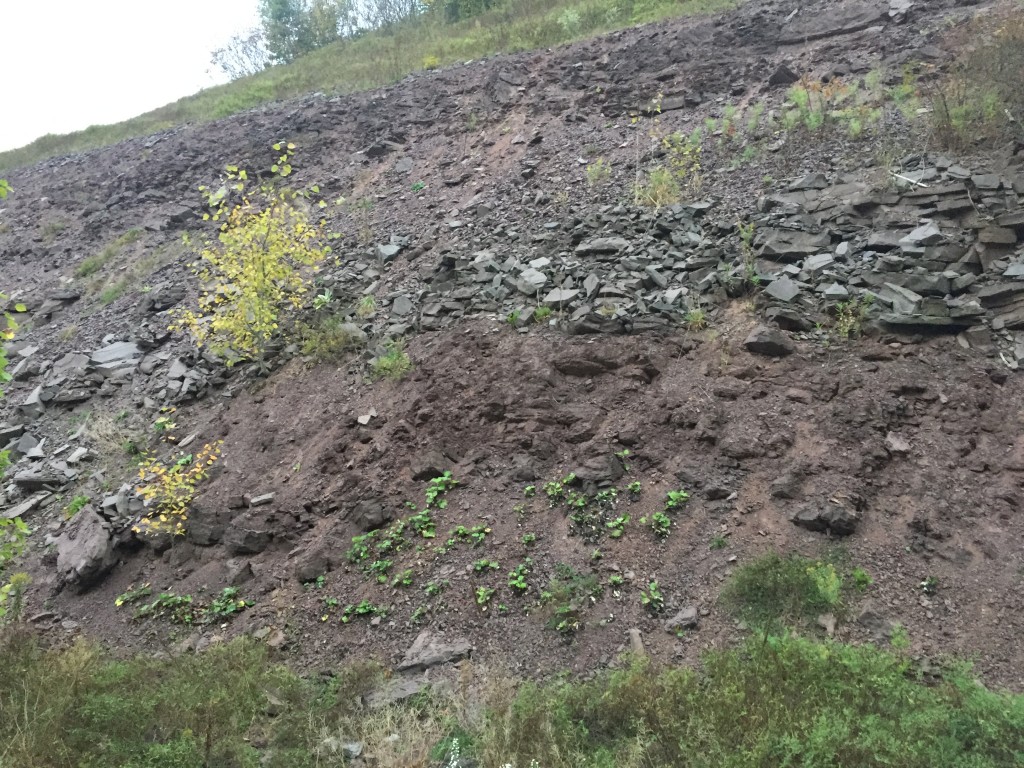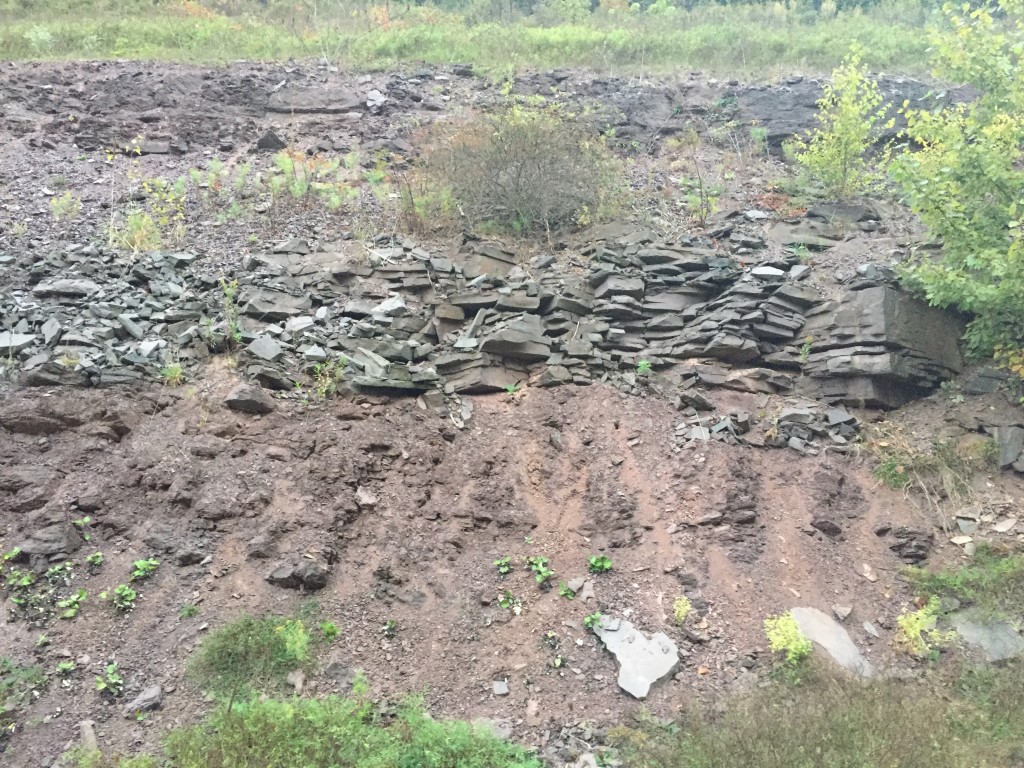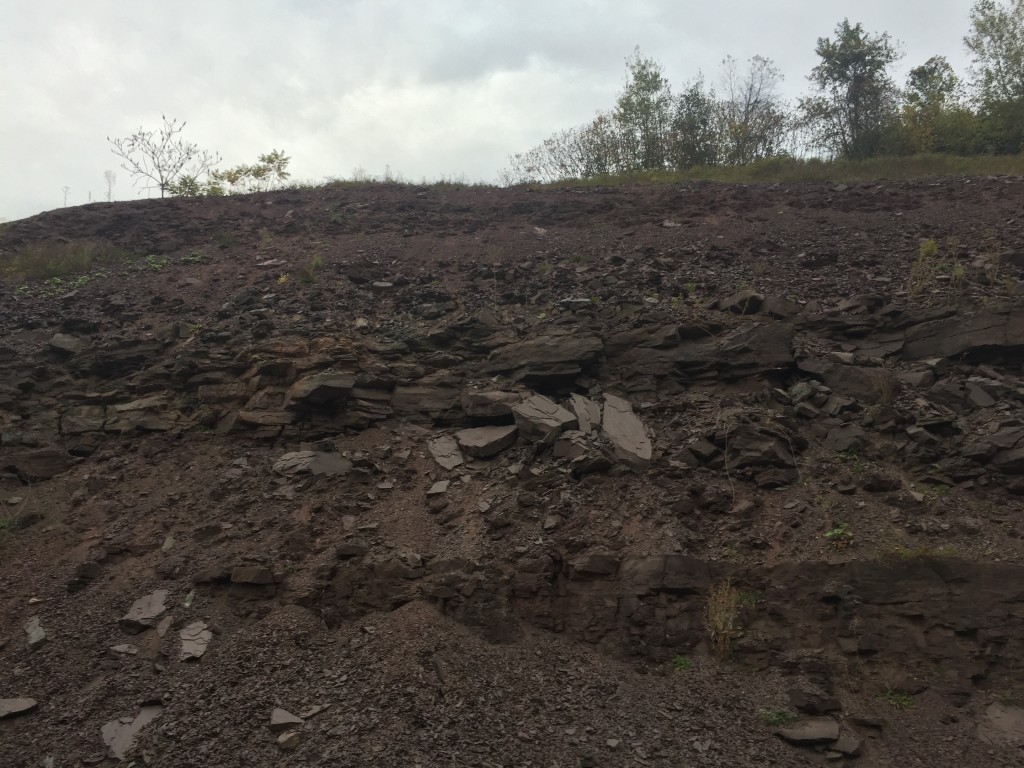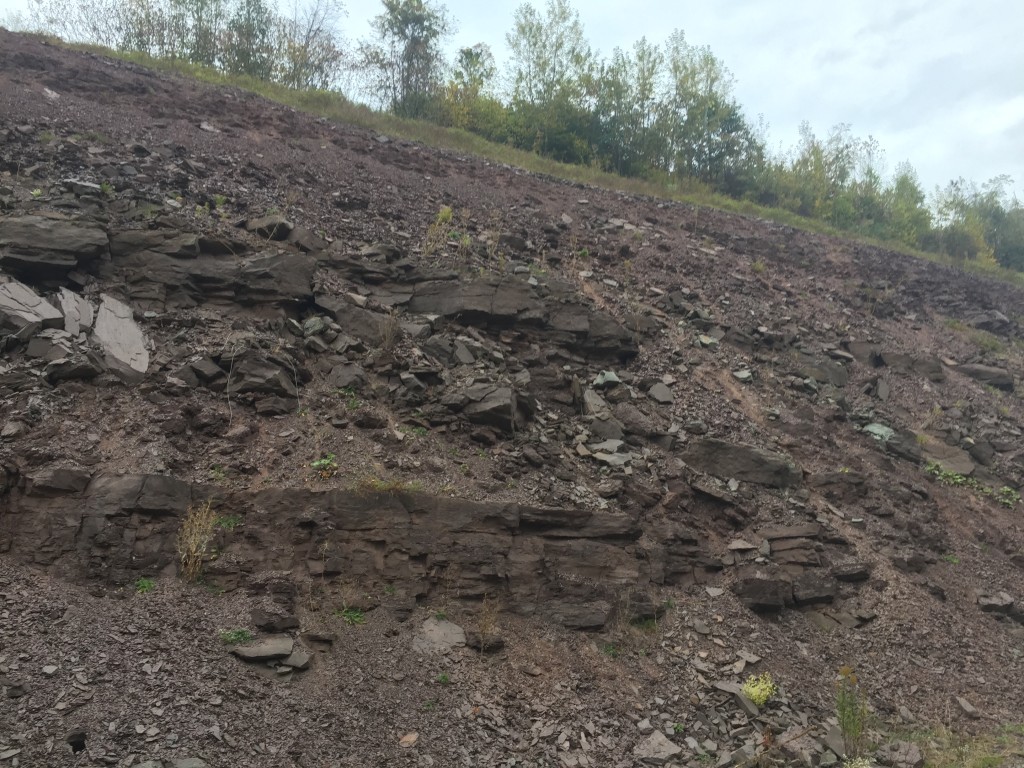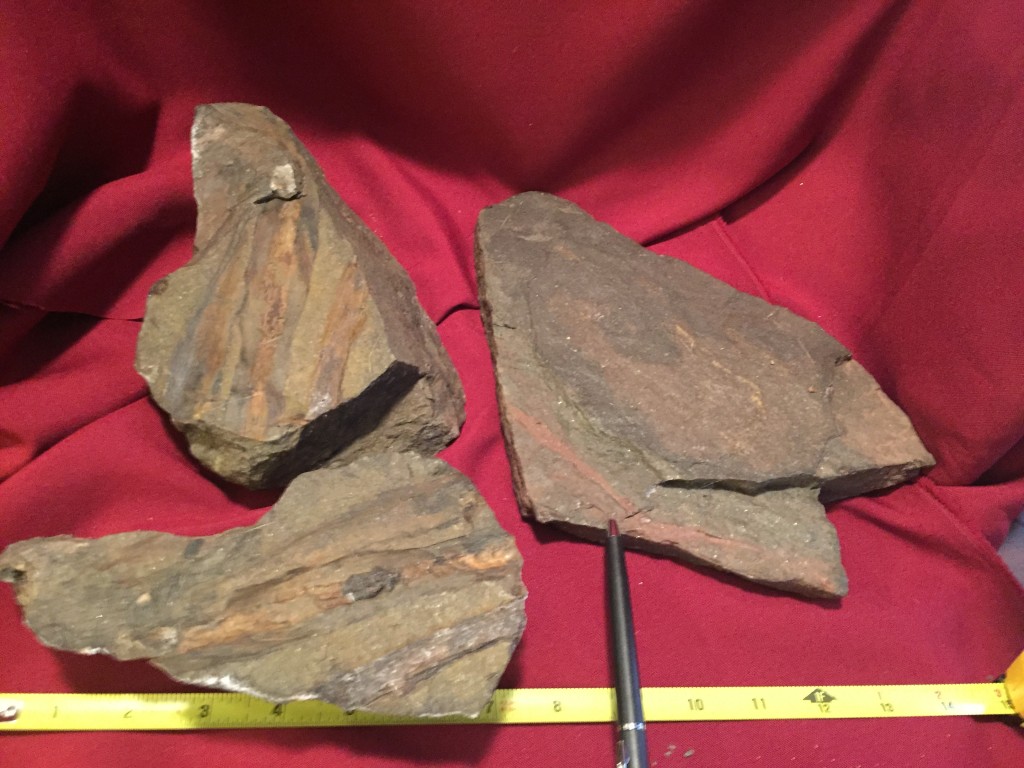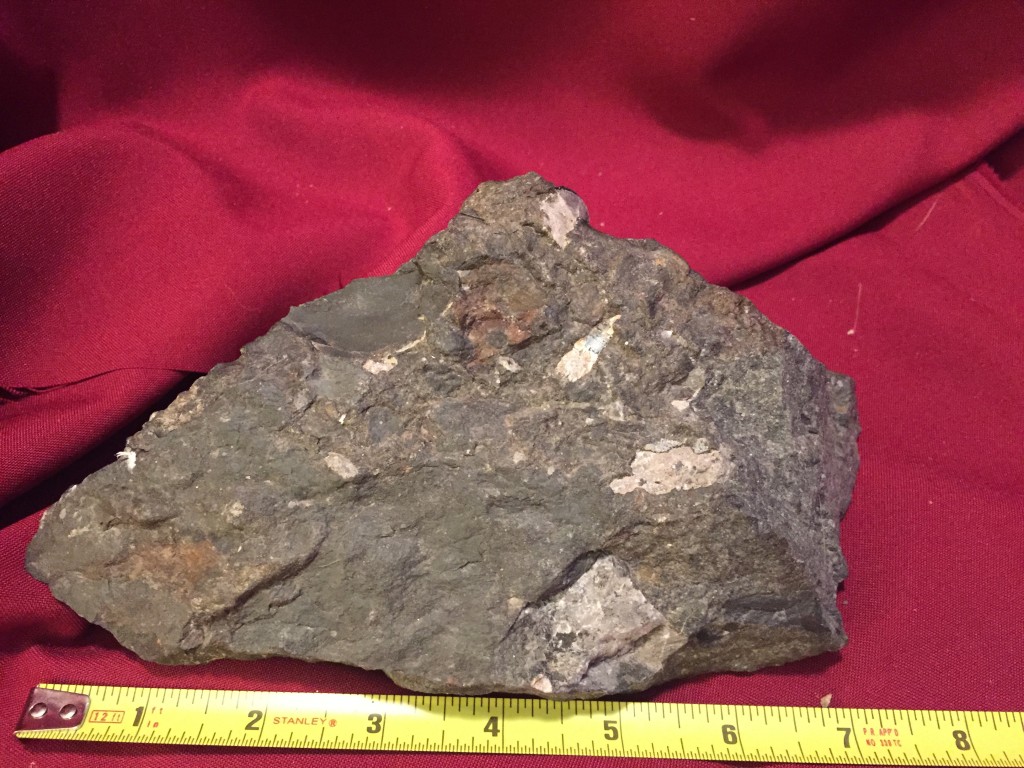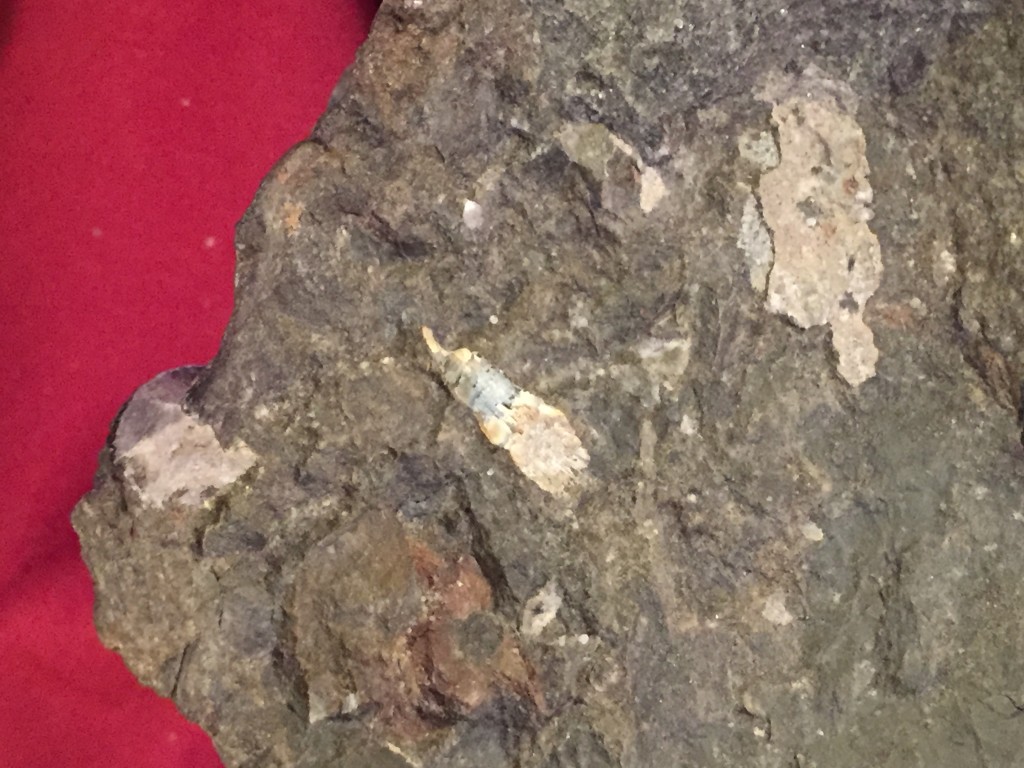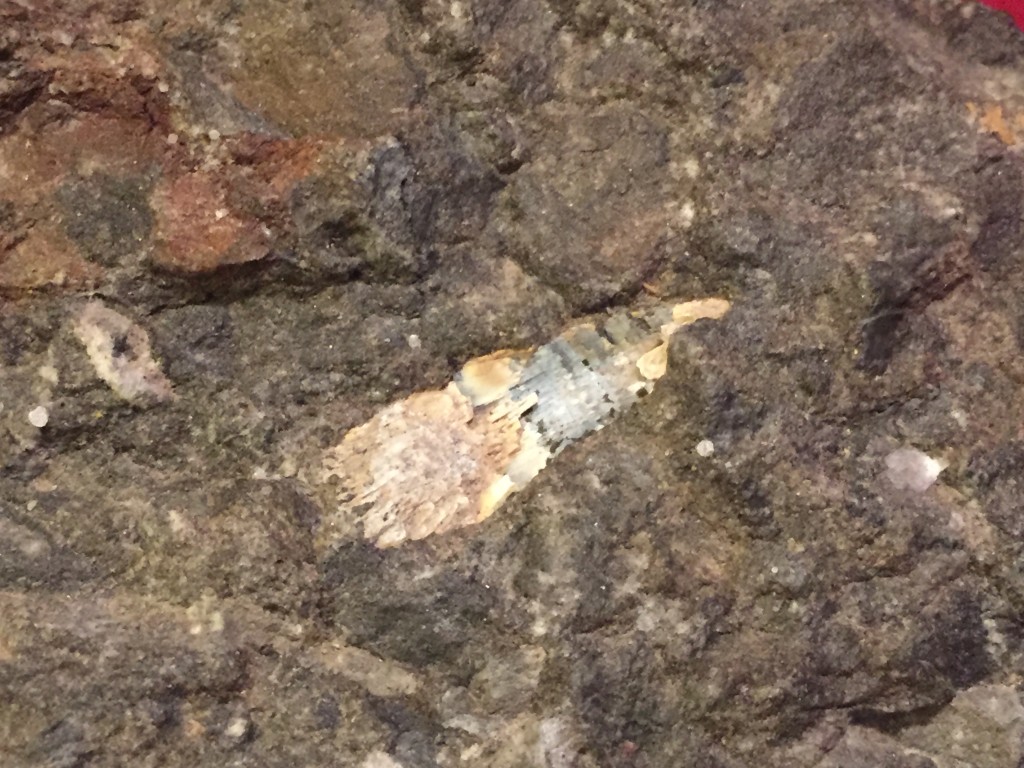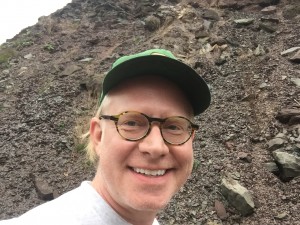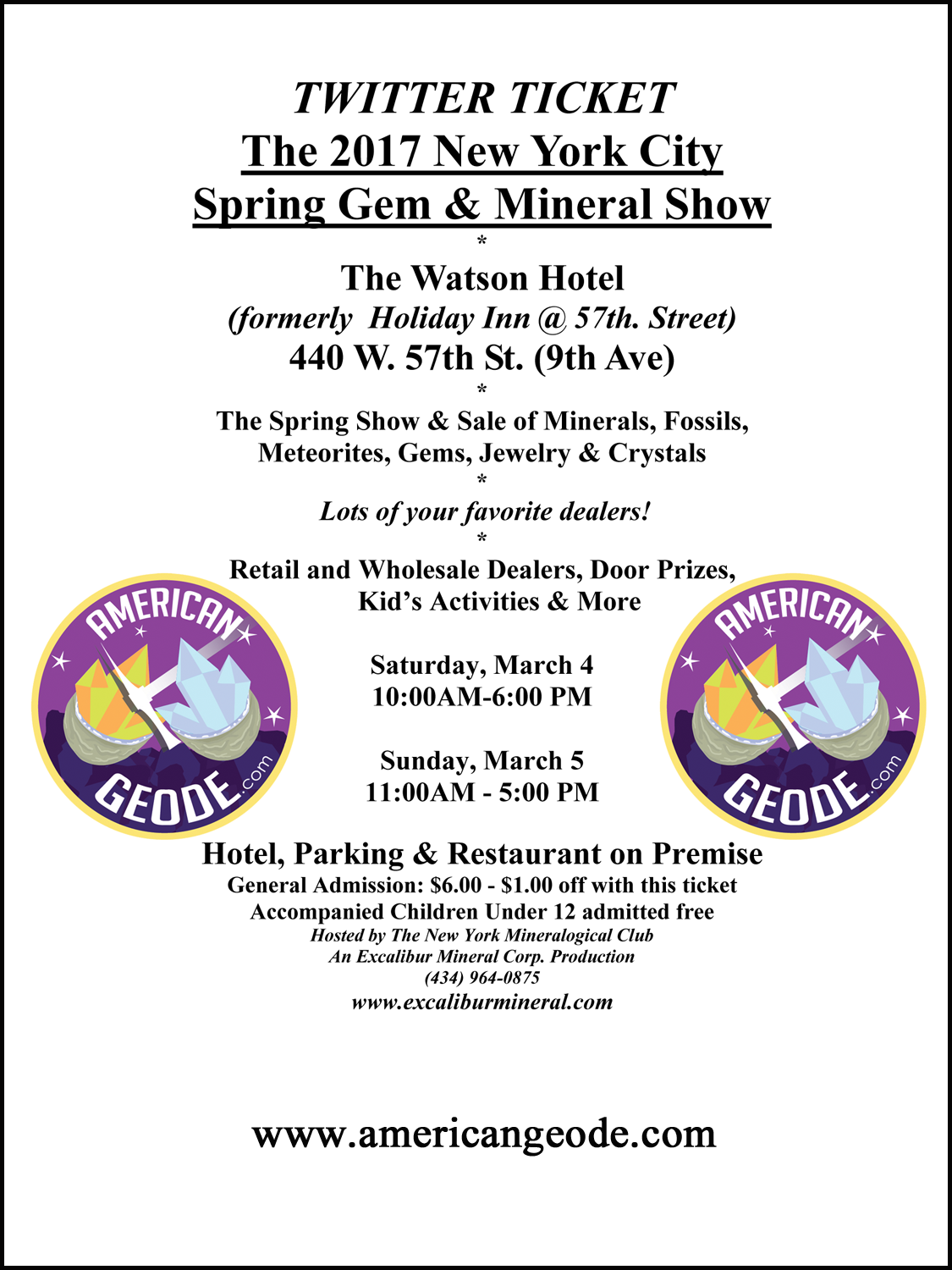The New York gem, mineral, fossil show is March 4-5.
American Geode will be there cracking geodes and sharing geode and geology stories with youngsters.
Print or download this discount coupon for $1 off admission to this family-friendly, affordable, and educational gem, mineral, fossil show.
The sponsor is the New York Mineralogical Club, which is America’s older gem and mineral society.
Students and families are welcome and invited.
New York Gem, Mineral, Fossil Show Discount Coupon
For more gem, mineral, and fossil show information visit:
http://www.americangeode.com/events.php
About the New York Mineralogical Club:
The New York Mineralogical Club is one of the oldest organizations in the nation devoted to the study and appreciation of gems and minerals. Since its founding by George F. Kunz (as in the gemstone “kunzite”) and others in 1886, it has grown to include nearly 250 diverse members ranging from beginning collectors to professional geologists, mineralogists and mining engineers. The New York Mineralogical Club celebrated its 130th anniversary in 2016.
Mission Statement
Founded in 1886 for the purpose of increasing interest in the science of mineralogy through the collecting, describing and displaying of minerals and associated gemstones.
Meetings
We regularly meet from 6:00 to 10:00 p.m. on the second Wednesday of every month (excluding August) at the Watson Hotel (formerly Holiday Inn Midtown Manhattan) at 440 West 57th Street, between Ninth and Tenth Avenues. We also have specialized study groups and satellite meetings from time to time. The public and any guests may attend meetings free of charge. Come to any meeting, meet the members, attend a lecture, view a slide show, get your questions answered about minerals, gems and collecting. Bring your family and a friend. Or simply send us a membership application that you can download and print or join using PayPal and receive membership for a full year. Check out our calendar for upcoming events.
The hotel has on-site parking. Subway lines at Columbus Circle/59th Street and crosstown buses with stops on 57th Street are convenient and nearby.
Annual Dues
$25 per year for individual membership, $35 per year for family membership. Both types of membership include all rights, benefits, and our award-winning monthly bulletin.
Does your gem, mineral or fossil club or society need new members in your ranks? How about new guests to your gem, mineral and fossil shows? Would you like rockhounds and gem, mineral and fossil enthusiasts to travel across state lines to visit your show? Would you like exponentially more traffic to your club’s homepage or the show’s homepage?
American Geode can help. Between 3000 and 10000 rockhounds and gem, mineral and fossil enthusiasts visit our website each month. They also contact us for suggestions on clubs to join, and shows and events to attend.
Other mineral websites charge between $600 to $1000 per year for a banner ad on their site.
We charge a flat rate of $150 for 12 month basic partnership and offer much more than other mineral sites. Send us two banner ads, 728×90 and/or 150×150, that we will post on our website. As an add-on service, send your club announcements and show announcements for us to post over our famous American Geode Twitter Account with 10,000+ rockhound followers, fans and friends.
The benefits to you and your club are that you will raise higher in the Google ranks when someone searches for gem and mineral clubs, and gem and mineral shows. You will also view many more visitors to your site, soliciting information about how to join your club, download your member application form, and visit your shows.
How to choose the gem and mineral club that is right for you?
Each club does have a different style, and you can tell what that is from their homepage, or if they do not maintain a homepage, then ask someone from the club. Some clubs have access to facilities offering a complete workshop; saws to cut giant geodes in half, cabochon machines, polishing wheels, lapidary tools, faceting machines, and kilns to heat your wire-wrapping or jewelry projects are for member use! Some clubs maintain all that equipment in their own private clubhouse! Is a workshop something you seek to pursue and hone your hobby? If so, then find the club that offers that equipment.
Now the clubs like this may not always have a special monthly speaker, but the clubs who meet in a rental space, hotel banquet hall or college facility do very likely provide different speakers each month. The clubs in big cities, where a workshop or clubhouse would be impractical, or impossible to acquire and maintain rely on other facilities for monthly meetings and shows, so to keep membership growing, those kinds of clubs keep a lively roster of speakers on their calendars.
Is your goal to get out and rockhound? Do you seek to explore old abandoned mines? A question to ask a club is do they throw and organize field trips? You can often times find out the answer on their homepage. There is often a “field trip” section, much like this Rockhound page. If you can’t tell, then ask the club. Sometime being in a big city can make field trips a challenge. Most people in New York City or Chicago do not have cars for instance. A field trip would require permission and arrangement to visit a site, a bus or fleet of vans, and if it rains, the field trip is canceled. So big city clubs may not offer rockhounding field trips. The age range of the club can also set the tone for interest in rockhounding and field trips. For a club whose members’ days of getting out into the field are past, you may not find these opportunities.
So what is the best approach to becoming involved with gem, mineral, and fossil clubs? The answer is to join more than one. The dues are annual and range from $15 per year to about $50 per year on the very high side. You may live in New York but find the newsletter from a club in Texas is chock full of so many good tips about polishing gems and minerals, cleaning rocks from the field, and other anecdotes that you belong despite the geographical distance.
So join more than one gem and mineral club, to have access to a workshop when you need it, field trips in the spring and fall, the chance to hear academic and scholarly discussions in geology and paleontology, and make new friends during the whole gem and mineral club experience!
